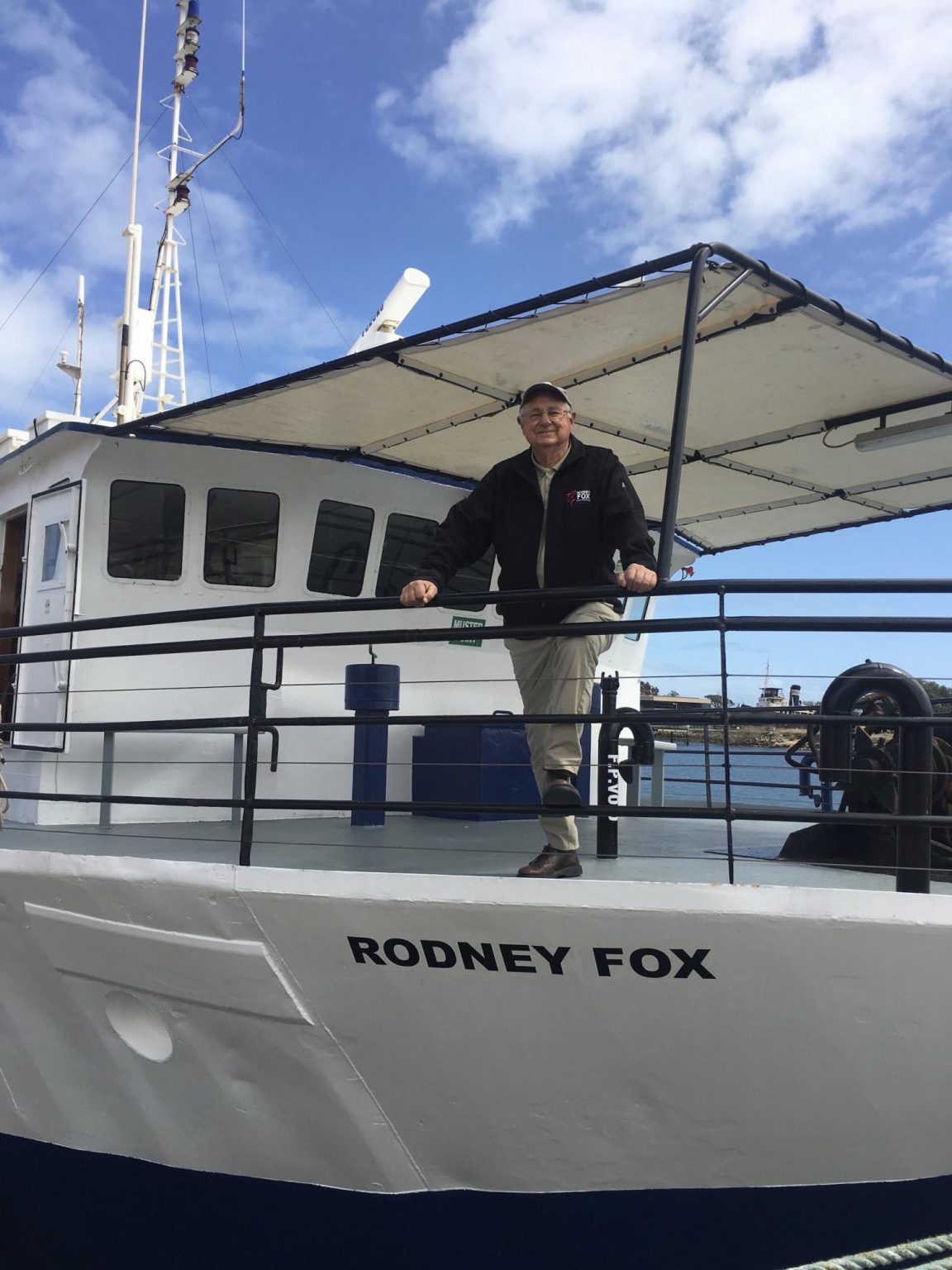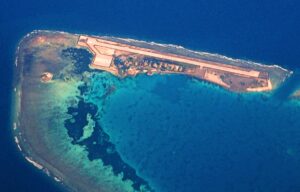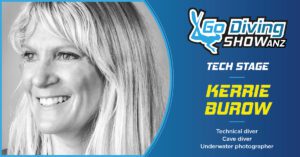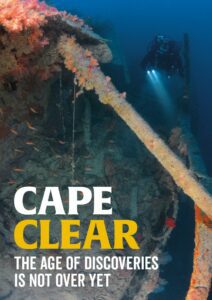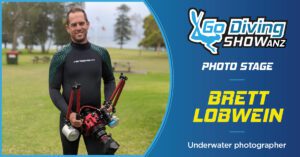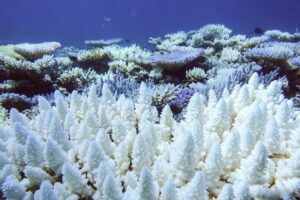Legendary Rodney Fox Shark Expeditions Q&A with Andrew Fox
Great White Shark Legend Rodney Fox
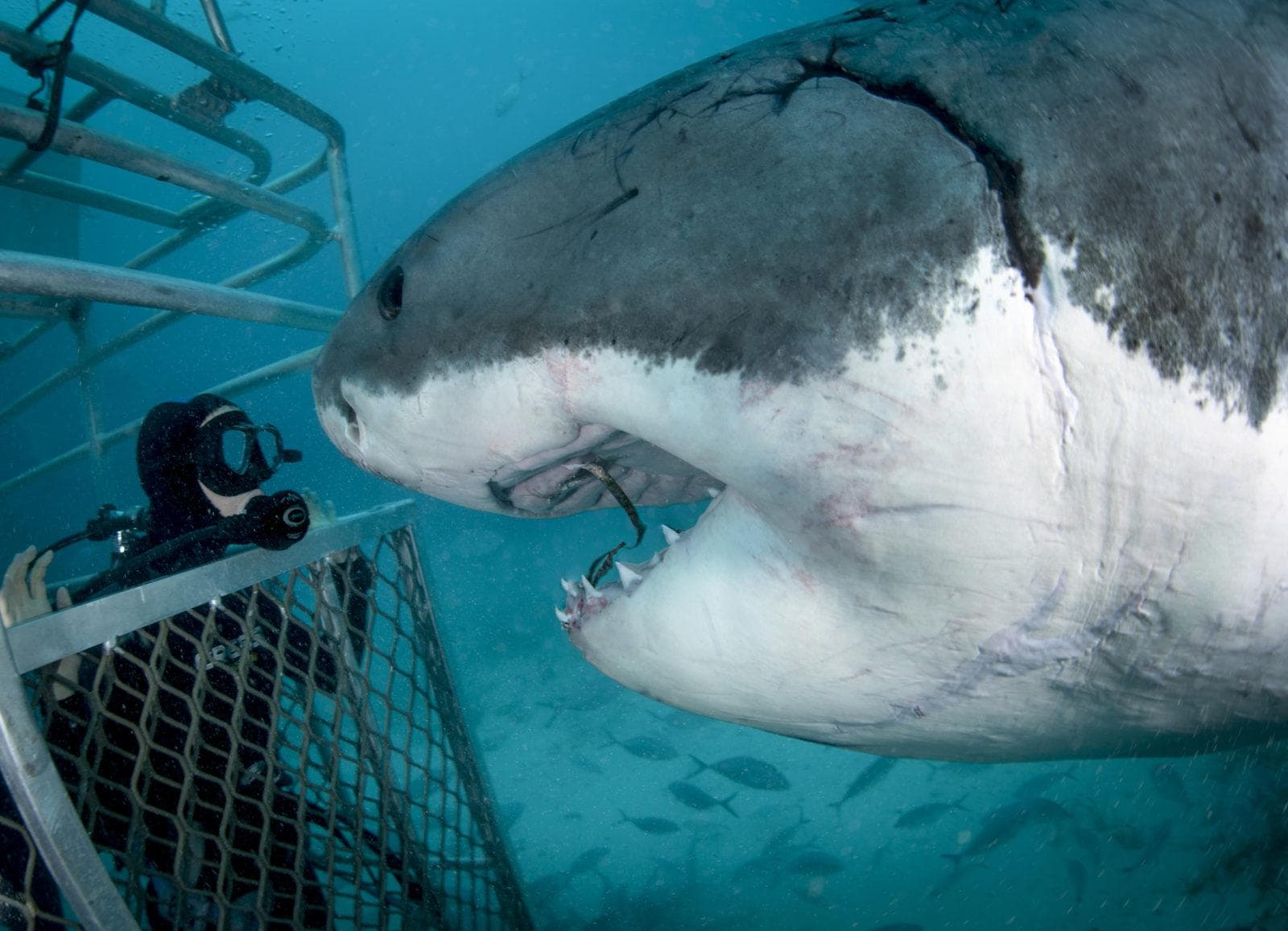
Your Father Rodney is famous for surviving a shark attack, his conservation efforts and for being a pioneer of the cage diving industry. But have you always been interested in sharks, was there ever any doubt that you would enter the family business?
At just 5 days old freshly out of maternity hospital, I attended a restaurant lunch with my parents meeting up with shark experts Ron and Valerie Taylor. Dad had designed and made the first shark cage for filming great whites underwater, and Ron Taylor was to film the first underwater footage of great whites ever produced. I slept as they discussed the project, but maybe some of it sank into my subconscious.
At 4 years old, I seem to remember the crew arriving for the landmark Blue Water, White Death documentary. Here the great whites were not to be hunted and killed, but admired for their awesome majesty. Here I first met such greats as Peter Gimbel, Stan Waterman and the Taylors. I remember sitting on Valerie Taylors lap, delighting in the throaty noise she made teaching me how to get enough spit to defog a mask.
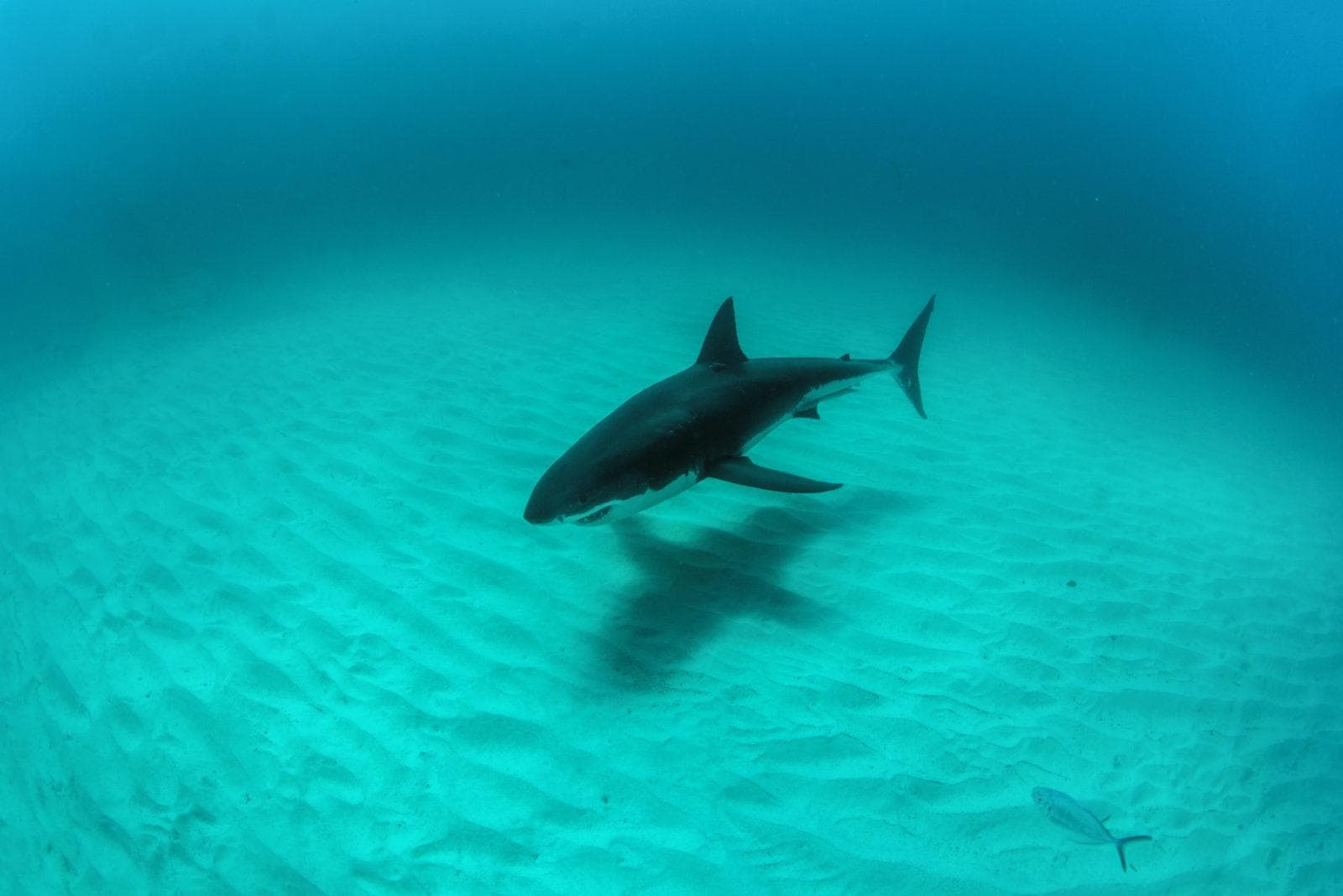
As I got older, I met many photojournalists, divers and filmmakers, including a major Hollywood project that turned out to be the famous horror movie Jaws. I saw my first great white up close at the age of 7 when my father was first looking to produce sharks to feature in the film.
Universal Studios sent out a little person as a shooting double so that in all our sequences, the sharks would appear twice as big. I loved the small half-size cage we built for filming and thought it was made for me, and used the wetsuits and other dive equipment until I outgrew them and then threw them away. Little did I know the value these items now have to Jaws collectors?
As a teenager, I worked on dads filming expeditions as a shark wrangler, holding the important job of attracting the sharks and helping to prepare our shark cages for diving. The Jaws movie frightened many people out of the water, but it also created quite a large group of people who wanted to see white sharks first hand. We started the first great white shark tourist expeditions in 1976, a year after the movie was released and this activity continues to grow in popularity today. Cage diving, shark research and underwater photography has kept me keenly interested in great white sharks for 40 years now.
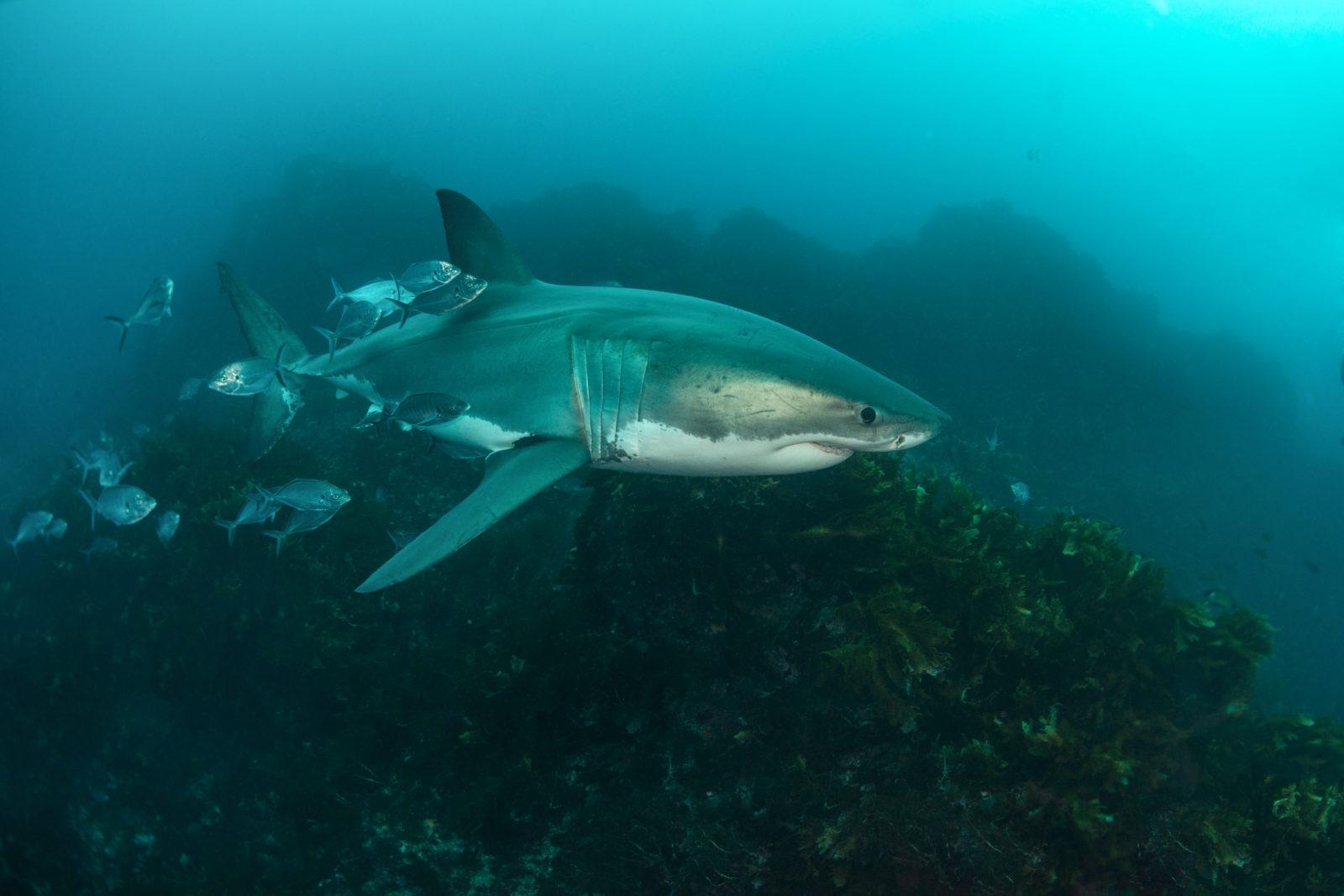
Each new expedition brought many interesting people from all corners of the globe into our lives: film crews and producers, TV personalities, shark conservationists and marine scientists. We've worked with outstanding underwater photographers like National Geographic's David Doubilet, Jaws author-turned-conservationist Peter Benchley, even famous spots people and celebrities like Fred Gwynne from The Munsters to name a few remarkable shark people.
For the first 30 years out of the 40 years now I've dived with great whites, I've hardly missed a liveaboard expedition, except when absolutely necessary for school exams. In the last 10 years or so we've run liveaboard tours throughout most of the year, and I've needed to stay onshore at times to trying to live a normal life, get some family time in, and to work more on the business. However any trip I'm not on, I find myself dreading missing something. Taking up photography has lead to even more ‘FOMO' when those inevitable unique surprise opportunities arise.
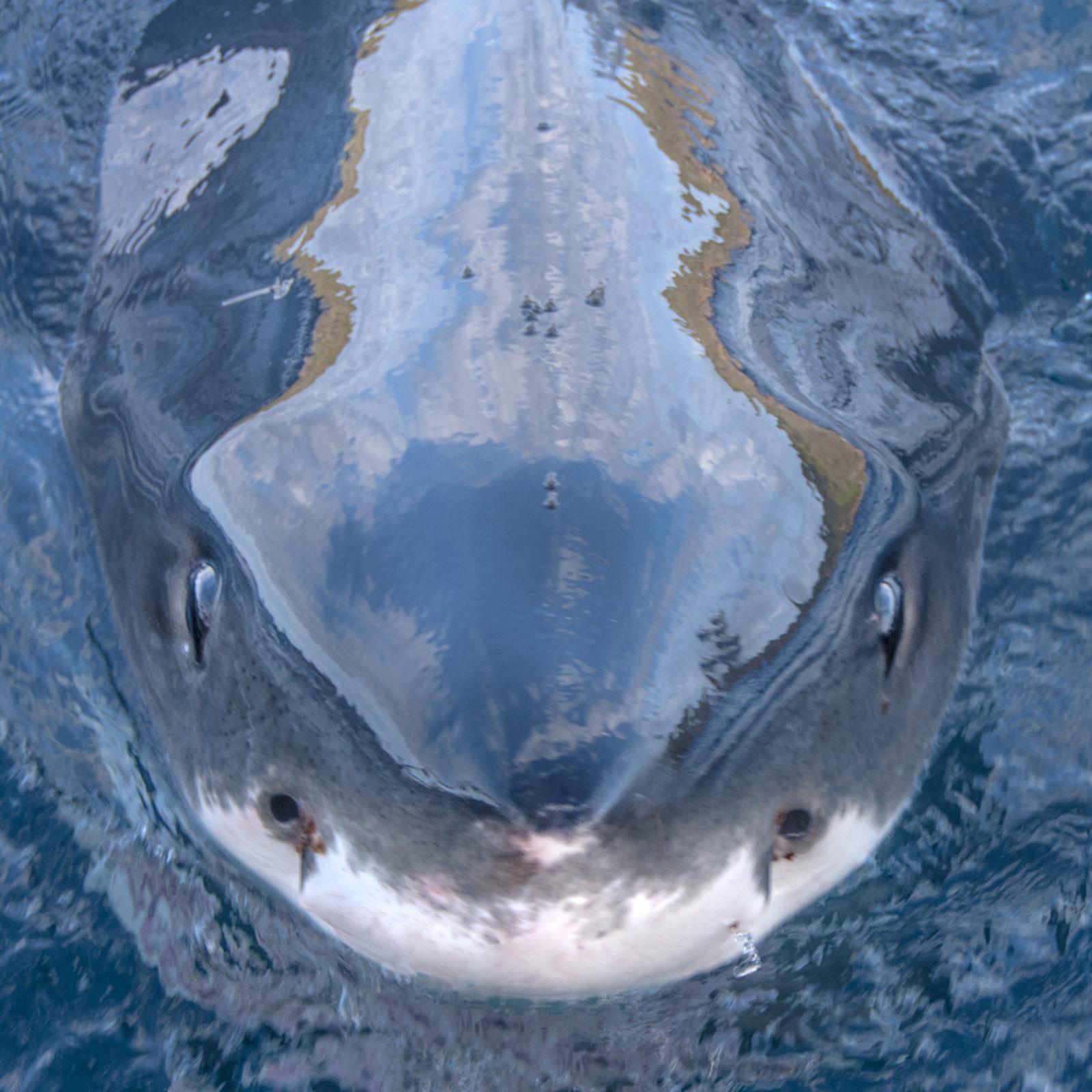
It is very clear that shark research and conservation is a subject close to your heart, what projects are you currently working on?
Inspired growing up with leading shark researchers like the famous “Shark Lady” Dr Eugenie Clarke and Dr. John McCosker, I attended The Flinders University of South Australia, for a bachelor's degree in environmental biology.
Afterwards, I wanted to continue studying sharks and to work with leading shark scientists and documentary films, and for the last 20 years, I have lead the expeditions. Our associated Fox Shark Research Foundation (FSRF) has a mission “to inspire the appreciation and understanding of great white sharks through research and education.” Monies raised went toward educating the public and supporting other researchers.
In more recent times most of our research was in collaboration with prominent shark scientists Dr Barry Bruce and Dr Russ Bradford from the CSIRO. Now we are undertaking many new and exciting projects with the Southern Shark Ecology Group lead by Dr Charlie Huveneers and his team based from the Flinders University of South Australia.
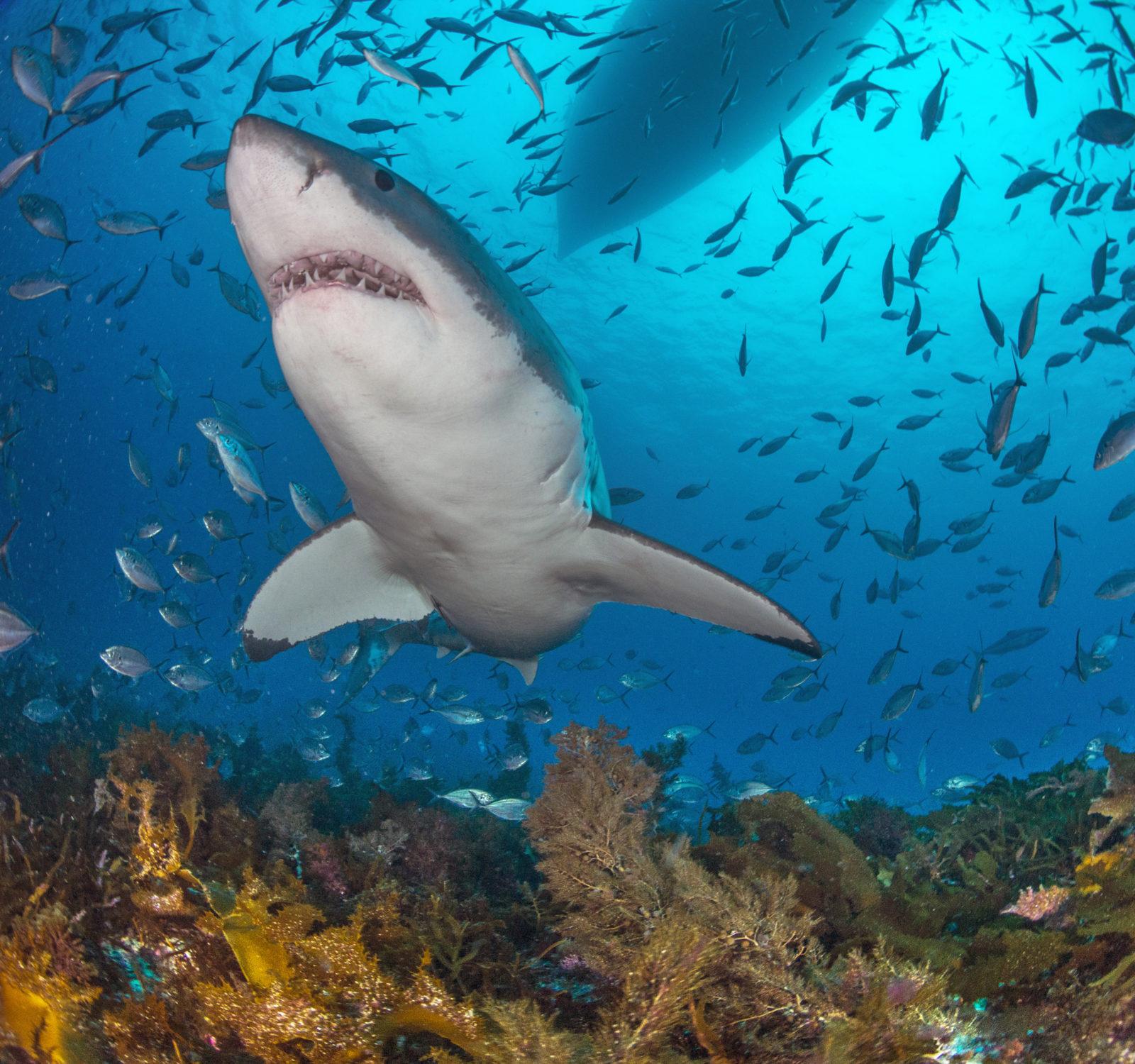
Current programs include innovative and preferably non-invasive methods to explore white shark population structure, diet, behaviour, fine and large scale movements. With some focus to monitor any potential deleterious effects that cage diving has on the sharks we see. Good data allows careful management decisions to be better made in carefully regulating the cage diving industry.
Other research work over the years involves testing various shark attack mitigation technology and devices ranging from visual, electrical and chemical repellents through to new exciting developments with shark-proof wetsuits.
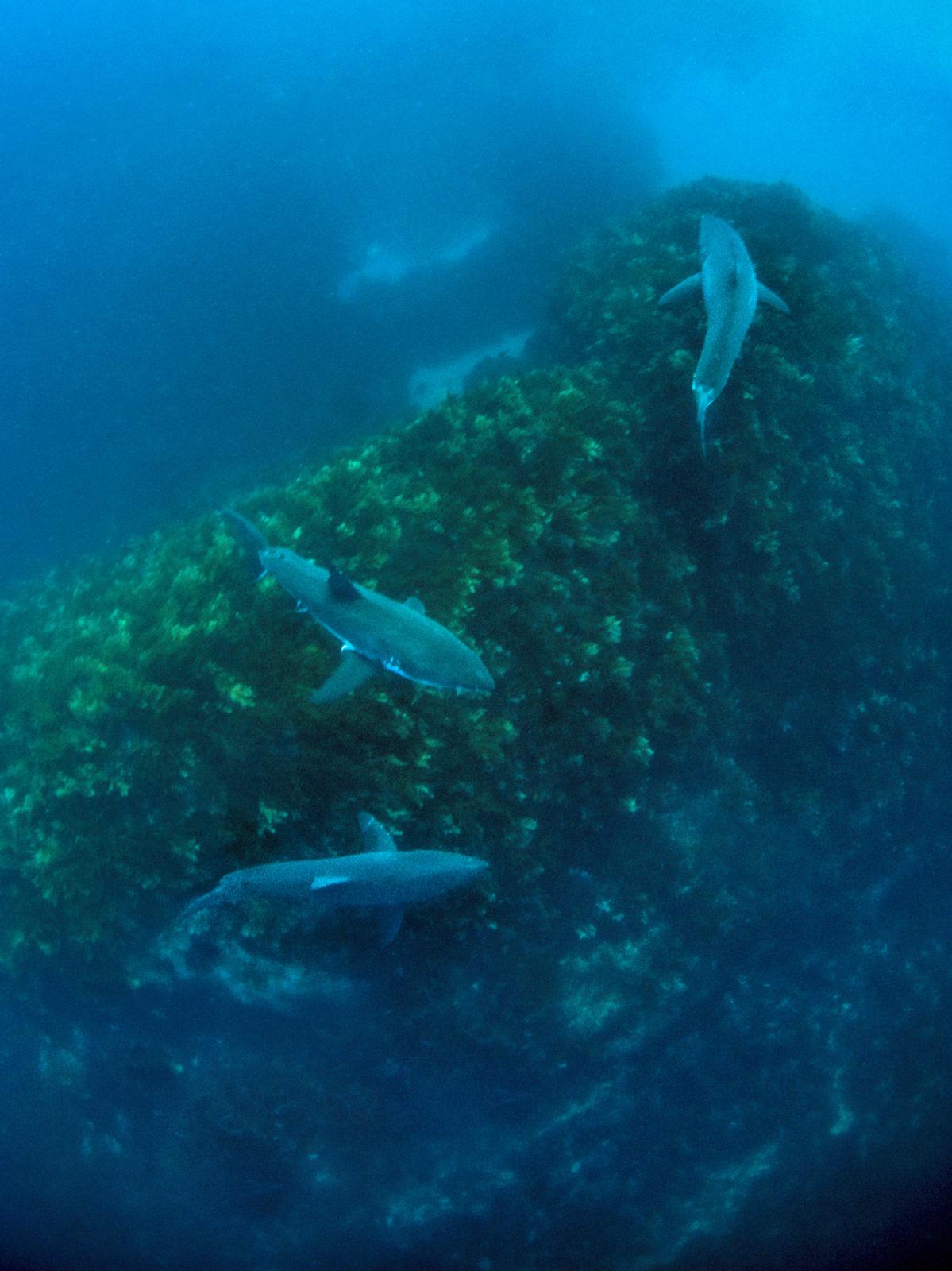
You are well known for your ability to identify different sharks and for your catalogue of shark photos, do you name any of them and do you have a favourite?
Our Photo-Id catalogue is very important to us. Now onboard our expeditions the crew keeps daily records of size, sex and identifying marks plus the location of any tags for all sharks sighted. We also collect images from divers onboard to help add to our database. This information is shared with research groups, which helps in many research programs studying the population biology of great whites.
I want to continue compiling a photographic index of individual sharks we see while out on location. We have now identified over 1000 individual sharks over the years, including many dear old favourites that return to the Neptune's each year. Some sharks like the 14ft spotty old male, “Moo” returned to the Neptune Islands for up to 15 seasons in a row. Other sharks are known from only one year and even just one day. Currently Ol' wonky tailed “Imax” is sitting on 13 consecutive years, and we hope he can keep it up to break the record.
Out of the many hundreds of sharks I could at one stage identify individually, my favourite sharks included: big “Jonny” who was seen to capture stingrays, the formidable “Mrs Moo” who could breach her 5m body out of the water, and the explosive speedster “Tinker” sporting a distinctive notch, with extensive white pigmentation flashes on her lovely tail fin. Giant mature females such as Dolly, Jumbo, Rhea, and the incredible “UFO” in the 6m class have become legendary and sought after by many passengers that join us, despite these big breeding girls often staying away from being recorded for years at a time.
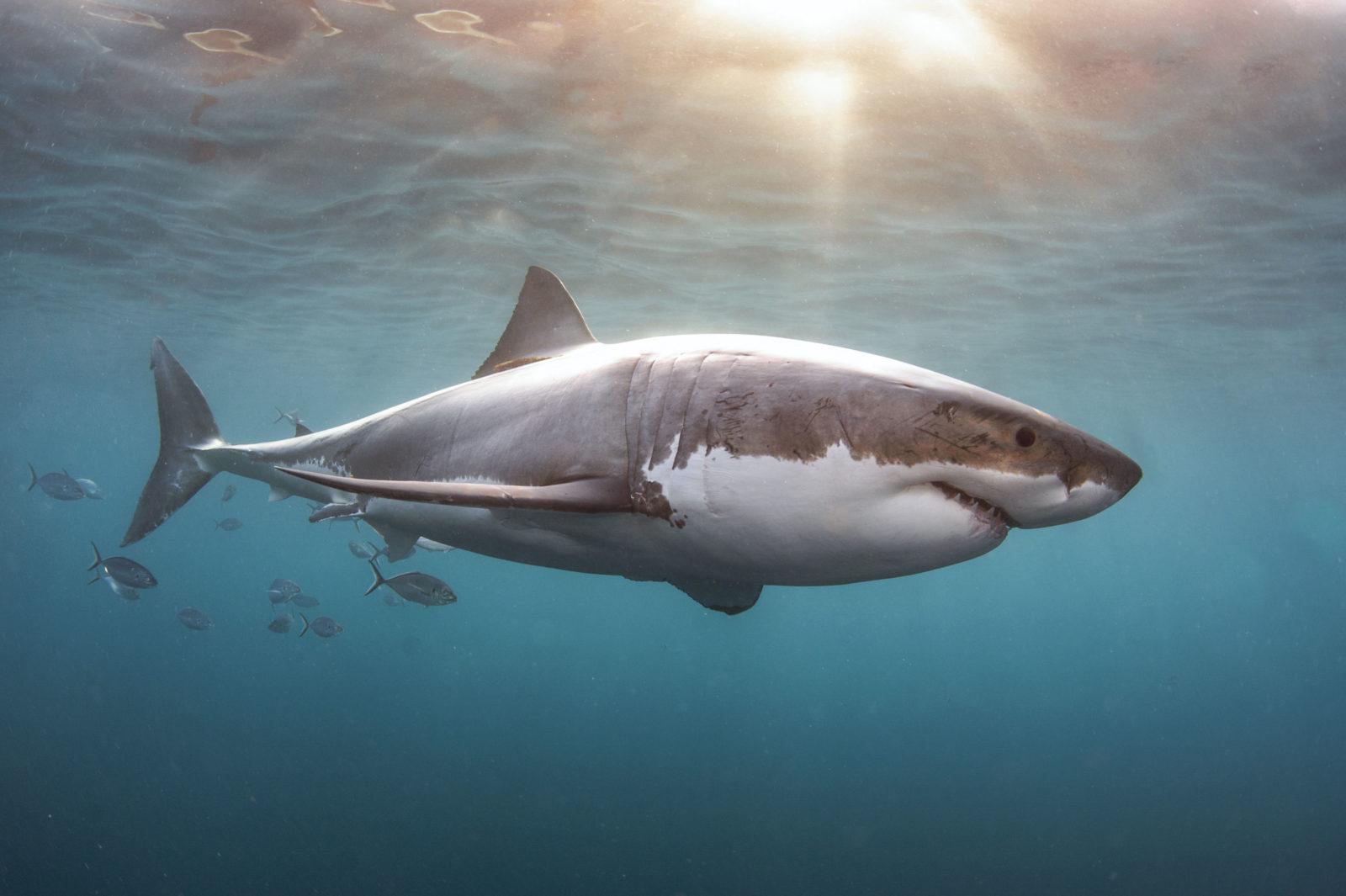
Cage diving can be a divisive subject, what would you say to those who believe that this harms the animals or can influence their behaviour towards humans.
I fully appreciate any concern people may have to the sharks possibly being harmed during cage diving. The welfare of the sharks should always come first, and we detest any form of circus act style operations that show a lack of respect for these important and magnificent creatures. Our operation has been heavily involved in helping develop government-regulated policy over the decades that are now enforced by strict compliance in the modern era.
‘We do know from residency patterns and behavioural studies that the sharks we see don't go into an ongoing negative pattern of aggressiveness. Responsible cage diving operation avoids directly feeding the sharks, and the sharks do not get sufficiently rewarded. We have observed that ‘experienced' sharks are different to ‘naive' sharks. Experienced sharks show “negative habituation” and even ‘extinction behaviour', where they become less interactive with the lack of reward to a high-intensity stimulus.
Sharks have been observed and recorded through time to be less aggressive around the cage diving boats as a result of not being sufficiently rewarded. They've learned that the dive boats at Neptune Island means no feed and so they waste less of their energy on the chase.
We do use a bait line to lure the sharks into viewing range for observers, photographers and researchers. We only use this at the surface because the sharks wouldn't viably present themselves otherwise, but restrict them from consuming that bait. If they do infrequently get a bait, all that's usually left after the baitfish have finished with it is a nearly a bare structure giving them little reward.
In addition a 15-minute review period with no baiting follows any bait taken. Another misconception is that “teasing” without feeding can make the shark more aggressive, but that isn't the case. Without a reward, they start to interact less, and we tend to see them less.
Residency patterns of the sharks are now equal to or less than before the cage-diving industry expanded. And, often, other locations surveyed on research trips that don't have cage diving are shown to have more shark activity than the Neptune Islands, despite its large seal colony. Since 2015, we've recorded a definite decline in the overall number of sharks out at Neptune Islands.
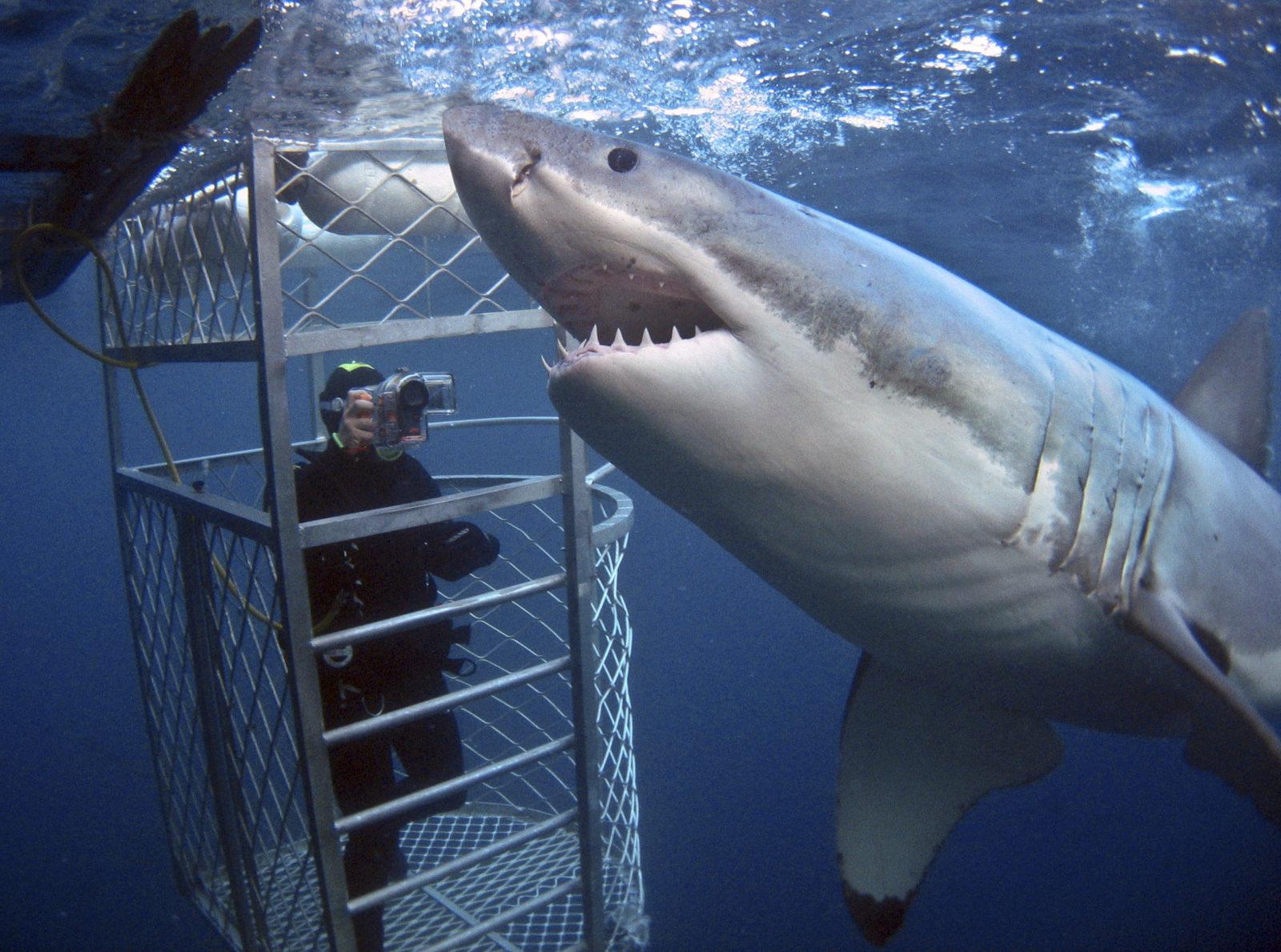
A question we always ask in our Q&As is, what is your most memorable moment in diving?
With thousands of deep submersible dives seeing great white sharks up real close, it's extremely hard to rank the most memorable moment from so many overwhelming and standout memories. As accustomed as anyone can ever get to experience great white sharks of various sizes and numbers, as a qualified scuba diver it just never gets old to get right down amongst them on the ocean floor. Even a single great white appearing is incredible enough, but of course some dives are even more mind-blowing than others.
If I had to choose a memorable moment, its probably not with the biggest sharks, but with the most sharks I've experienced at one time. Ironically this dive was taken during research testing electric shark repellent devices. There appeared to be so many unknown sharks arriving at our trials up at the surface that we decided we needed to better ID them for our records.
I was not prepared for the spectacle and the challenge of identifying at least 19 great whites closely spiralling around the cage, in layers down to the bottom 30 metres below. Seeing just a few great white sharks at once is always an overwhelming spectacle for most, but with so many more sharks surrounding from all sides in a dive of just 15 minutes bottom time was a difficult experience even to comprehend. If not for the photo-ID record, I might even now believe it to be only a dream.
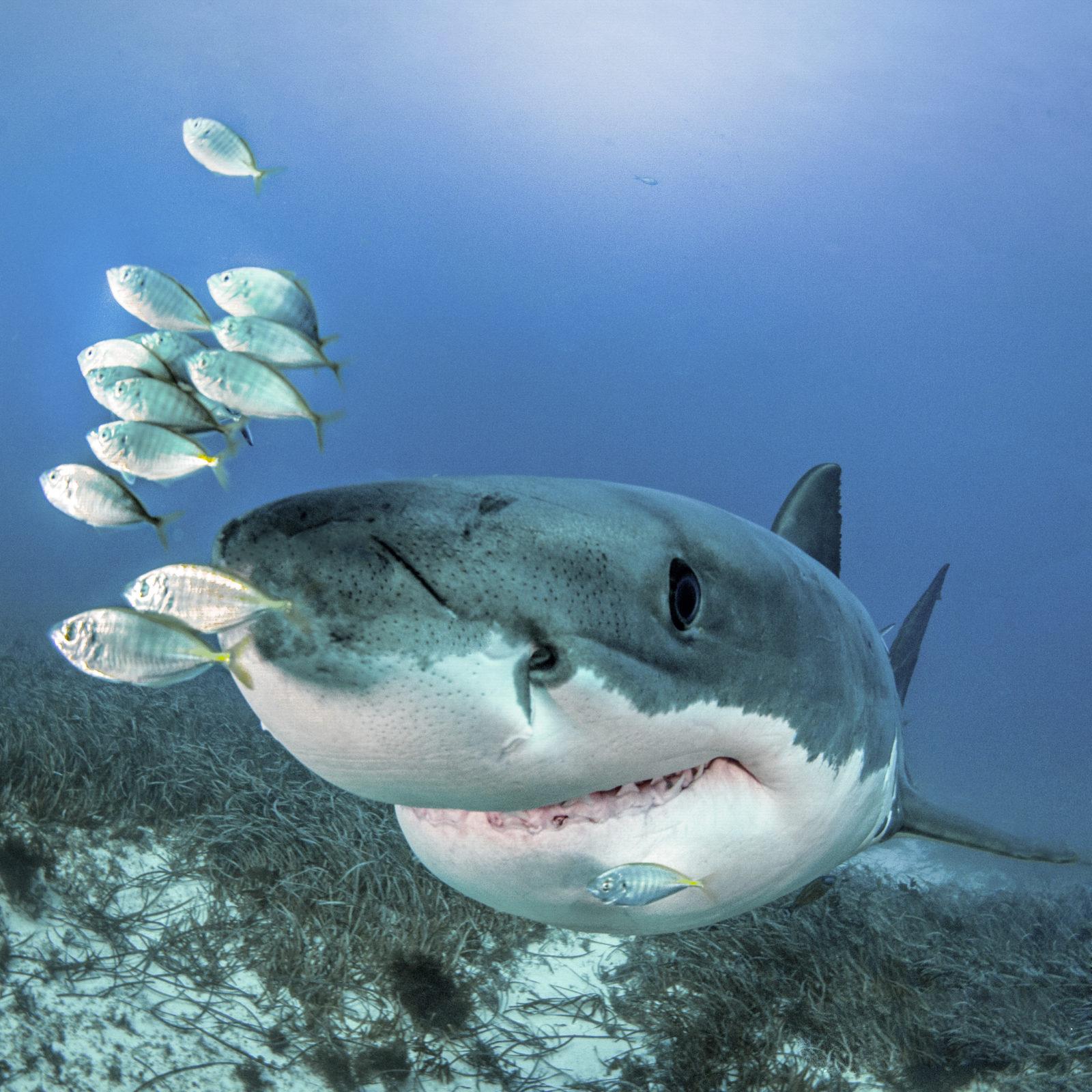
What is your worst diving memory?
It would be easy to believe that deep diving with great white sharks could involve many dangerous and scary memories, however any rare misfortunes seem to have been buried into insignificance with time. It is an incredibly safe form of diving and touchwood we haven't lost anyone (or great white sharks) in over 50 years of cage diving. The excitement of being up close to such formidable animals, so many times seems to wipe the drama of any problems away.
My worst memories involve experiencing great things underwater that for some reason I wasn't able to capture on camera. One example of such frustration involves an incredible dive to the bottom and surprised with two of my very favourite mature female great whites, Jumbo and Rhea at the same time. To my surprise, these two 5.5m giants were, approaching close to the cage together and in perfect settings. But of all dives I had forgotten to put the memory card in the camera. This was devastating at the time, but thankfully I managed to get more opportunities on later dives that day.
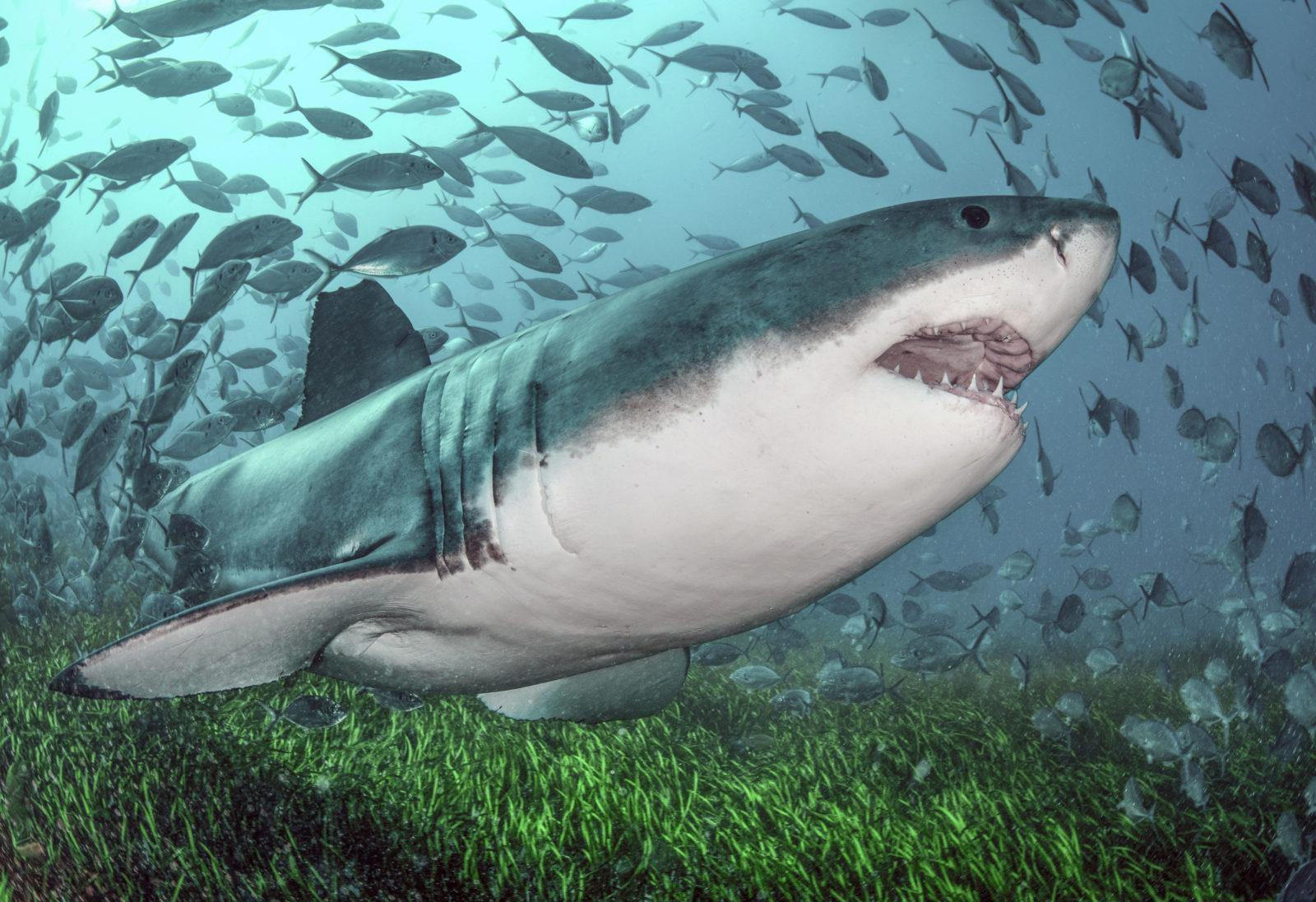
Perhaps even more annoying now are those dives that I've done without setting my lens to autofocus before slipping it into the housing. I'm reminded of this horror every time I see the blurry thumbnails on my laptop from unforgettable moments with sharks and sea lions. Nothing ever happens the same way twice in the ocean and just like Eminem is trying to tell us, we often only get “one shot”.
I can't tell you how hard it is to get that rap tune out of my head whenever there is special action going on. The moral here like with every other story with diving equipment failure, is that it's often a human error and you should always check your gear before the dive! I should also delete those thumbnails.
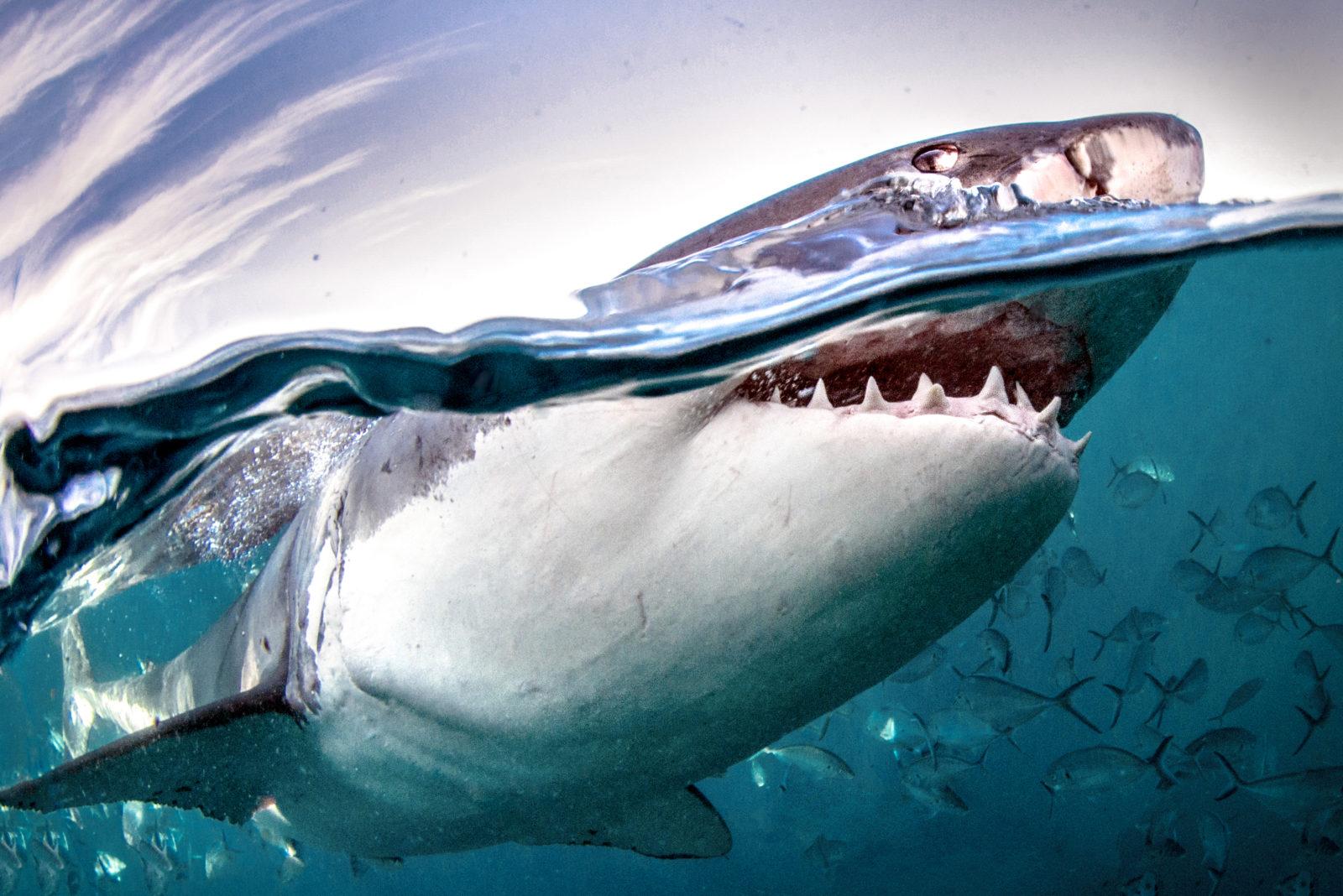
What does the future hold for Andrew Fox and Rodney Fox Shark Expeditions?
There's a lot more work to do. I wish to continue my father's legacy that started 55 years ago, spreading a message that ‘we need to learn to live with sharks and not eradicate them through fear'. We want more people to feel comfortable about being in the water, and to love and appreciate the ocean environment.
We can do that through promoting more exhibits, museums and learning centres that promote the importance of sharks. We have an extensive museum collection exhibit touring the world for the last 9 years. However, we are currently building a new museum and learning centre home here in Adelaide, set to open later this year.
And as of last year, a huge new development in the history of our company is gaining an exciting new business partner in prominent Adelaide diver Mark Tozer. Mark founded the Dive for Cancer Charity and one of the regular MC's at OZTEK, the premier conference for diving in Australia.
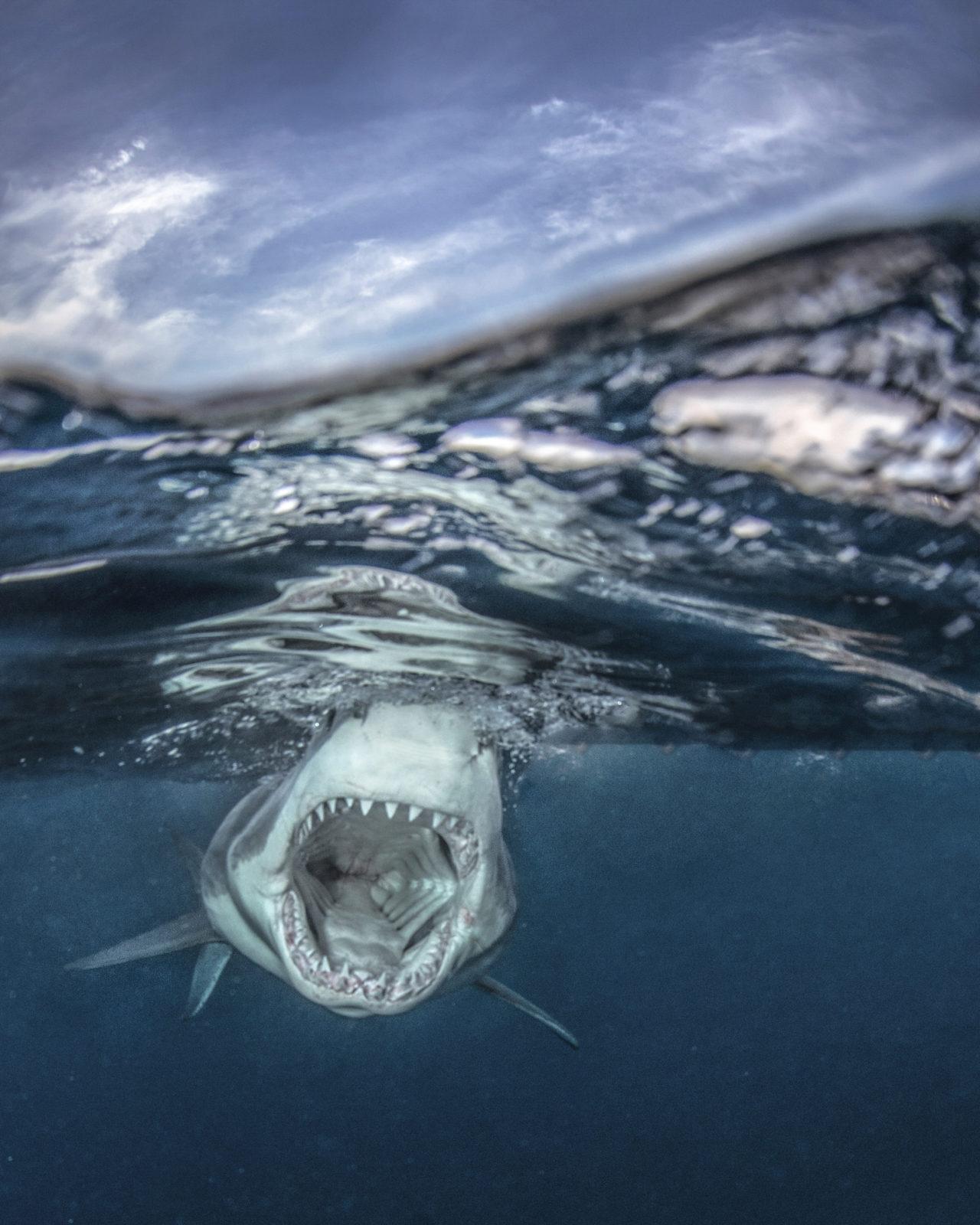
Marks Business background expertise has allowed us to acquire a fabulous new Expedition vessel, the MV. Rodney Fox, of course, named in Rodney's honour. After more than 55 years of operation, this 32m liveaboard “bigger boat” was indeed just what we always needed. Sleeping up to 18 passengers it allows us to plan even longer special expedition itineraries, including dives in other more remote geographical areas off Southern Australia. Here we are looking to target other iconic species including leafy sea dragons, Australian sea lions, and thousands of spawning giant Australian cuttlefish.
The world's awareness of sharks can continue to benefit through our work in ethical shark research, and transfer the message by making educational shark documentaries. Inspiring images and articles and then ultimately leading to a positive and exciting cage diving experience allows people to see the shark's beauty first hand. We are looking to help produce more exciting in-house films with an increased educational and conservation theme.
‘We know the public want to get excited about sharks. We try to convert more people to respect the animal instead of fear it. Once you give them the environmental message, they do learn to appreciate the animal. But unfortunately, without a dramatic hook, there's less attraction.'
Rodney Fox honoured for protecting great white sharks
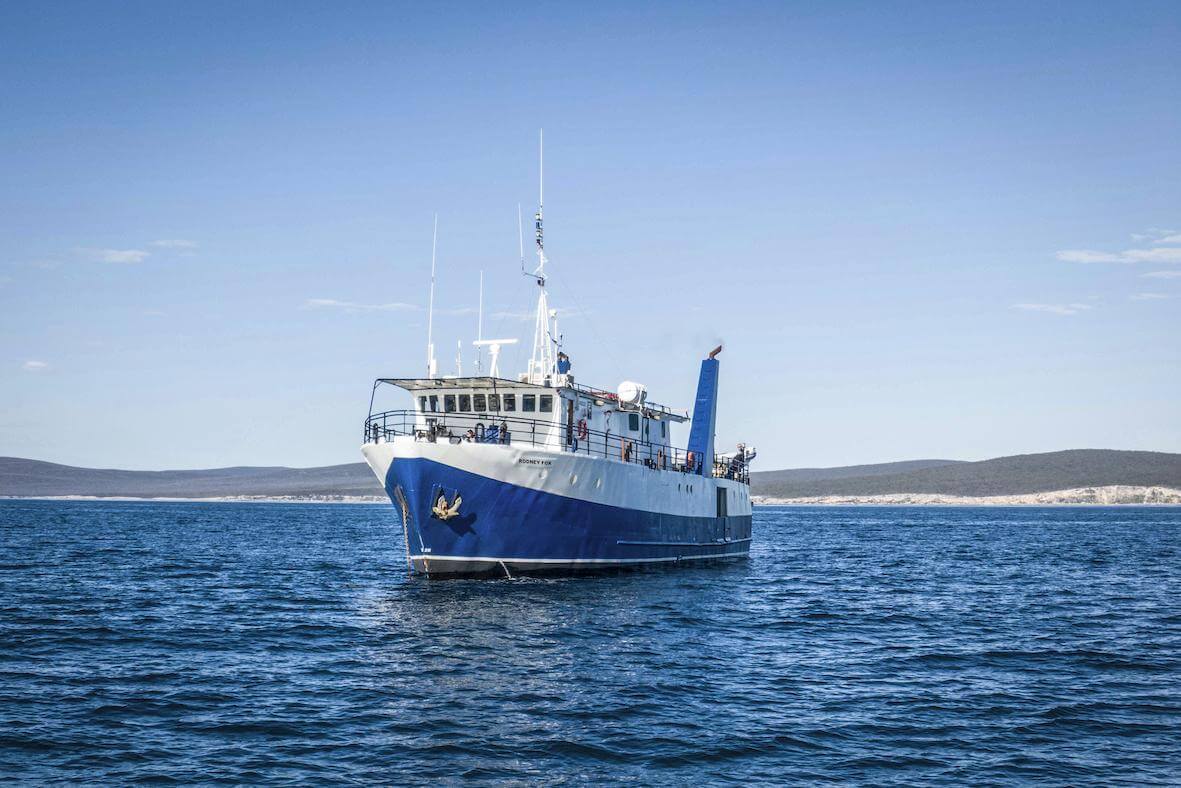
Photo Credit: Andrew Fox
